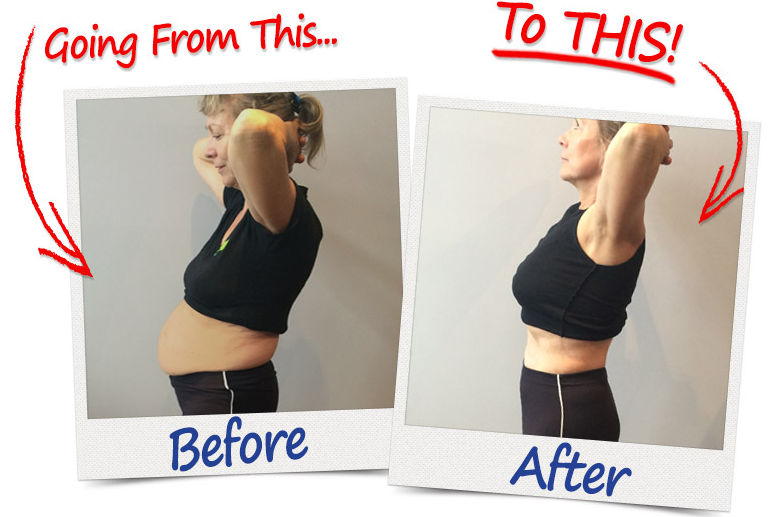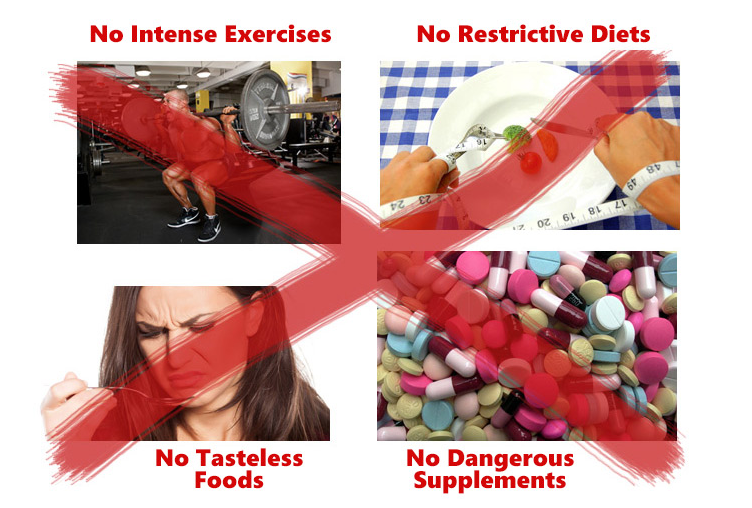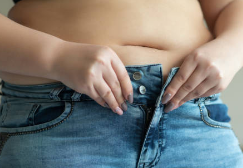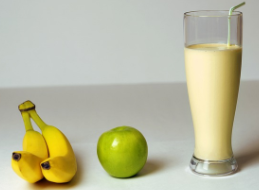Cardio for weight loss is one of the most effective ways to shed extra pounds and improve overall health. By incorporating regular cardio sessions into your routine, you can burn calories, boost your metabolism, and feel more energized. Whether you’re a beginner or an experienced fitness enthusiast, cardio can help you achieve your weight loss goals.



Which Why Cardio is Important for Weight Loss
Cardio is important to drop those extra pounds. Here’s why.
The Cardiovascular and Fat-Burning Physiology
Cardio exercises increase your heart rate which helps you burn calories in and out of your workout. This calorie-burning mechanism creates a deficit needed for weight loss. During cardio, your body relies on glycogen (stored carbohydrates) to fuel your activity, then, as you keep going, starts drawing from fat stores. This process helps you lose unwanted weight over the long term. Plus, cardio boosts your metabolism after you’ve finished exercising due to excess post-exercise oxygen consumption (EPOC), or the “afterburn” phenomenon.
Advantages Other Than Weight Loss
Cardio is more than just a weight-loss cure. It also enhances cardiovascular health, alleviates stress, and increases energy levels. It develops your heart and lungs, giving you more overall endurance. And it releases endorphins, the “feel-good” hormones, making you happier, more motivated and less stressed. These aspects make cardio a crucial component of a balanced fitness plan.
Types of Cardio Cardio for Weight Loss Exercises
Not all forms of cardio are made equal. Let’s explore your options.
High Intensity Interval Training (HIIT)
HIIT involves alternating short bursts of high-intensity effort with recovery periods. This approach has a higher efficiency, allowing you to burn more calories in a shorter period of time than with standard steady-state cardio. For instance, you might sprint for 30 seconds, walk for a minute, and repeat that cycle for 20 minutes. HIIT workouts also raise your metabolism for hours after your workout, so you burn the most amount of calories possible.
Steady-State Cardio
Steady-state cardio is when you do your cardio at one pace for an extended amount of time. Examples include jogging, brisk walking, or cycling at a moderate intensity. Steady-state cardio is ideal for those who are starting an exercise routine or anyone looking for a low-intensity workout that still burns calories effectively.
Cardio Machines: Treadmills, Ellipticals and Rowers
Cardio machines give your work outs the advantage of a controlled environment making them a great option for beginners and effective for advanced users. Treadmills imitate walking or running, ellipticals are a lower-impact alternative that’s gentle on the joints and rowing machines engage multiple muscle groups for a full-body workout.
Outdoor Cardio: Run, Cycle, Swim
Because cardio outdoors brings diversity and excitement. Running is simple and effective, cycling is easy on the joints and a good way to burn calories, and swimming gives you a full-body workout that’s also easy on the joints. These critiques also enable you to become one with nature and marvelous behind the scenes, which makes workouts more fun.
How to put together your Cardio for Weight Loss plan
A smart cardio plan is customized to your goals, fitness level, and likes.
Setting realistic weight-loss goals
This could involve setting specific goals for your writing or even just keeping a word count tracker to stay motivated. A good example would be to plan to lose 1-2 lbs per week, which is a safe and achievable rate. Split your larger goals into smaller milestonesReduce the focus on your long-term goals into second increments, for example — increase workout time, improve endurance, etc.
The Right Cardio for You
Pick things you’re going to do regularly. Loving your workout makes it easier to stick with, whether it’s dancing, hiking or spinning. For example, you may want to try different forms of cardio to find what you enjoy and what also works for you.
Varying Your Workouts to Prevent Stagnation
Changing up your workouts makes them more engaging, while also preventing plateaus. HIIT, steady-state cardio, and outdoor activities make exciting and fun additions to your workout routine. Variety also helps to keep things interesting and new in your routine.

Cardio for Weight Loss: Combine Cardio with Strength Training
While cardio on its own is fantastic, adding in strength training can enhance your results even further.
How Strength Training Boosts Weight Loss
Building muscle increases your resting metabolic rate, which means you burn more calories even while at rest. Muscle burns energy, and it’s metabolically active tissue — it takes more energy to upkeep muscle than it does for fat. This can also increase the efficacy of your cardio by increasing your muscle mass.
Best of Both Worlds: Cardio and Strength
Do one week of cardio, and one week of strength training. For example, do three days of cardio and two days of strength training. This balance means you’re gaining muscle and losing fat. Alternatively, you could do both, such as with circuit training, which combines cardio and resistance moves into one workout.
Nutritional Considerations for Your Cardio Sessions
The role of food in your weight loss journey cannot be overstated.
How To Fuel Your Body Pre- and Post-Exercise
Eat a small carb-and-protein meal before workouts to feed your energy. A good example would be a banana with peanut butter or a slice of whole-grain toast, etc. Post workout you will want to concentrate on protein and complex carbs to help repair and restore glycogen stores. Greek yogurt with berries or a protein smoothie also work well for a post-workout snack.”
The Role of a Calorie Deficit in Weight Loss
In order to lose weight, you need to burn more calories than you consume. But it’s essential to find a middle ground. Not eating enough can cause fatigue, muscle loss and a slower metabolism. Using a calorie-tracking app to track your intake can help ensure that you’re eating sufficient calories to fuel your activity level.
Things to Avoid When Doing Cardio for Weight Loss
Steering clear of some familiar pitfalls can help you get the most out of your cardio routine.
Not Taking Enough Rest
A lot of cardio without sufficient recovery can be a recipe for burnout or injury. Muscles need to repair and resting will prevent fatigue. Aim to take at least one or two rest days a week and listen to your body to avoid overtraining.
Focusing On Cardio and Ignoring Nutrition
If your diet is unbalanced, exercise alone won’t help you see results. Diet plays an equal role in making such changes so combine your cardio with a healthy eating habit to get the most out of your efforts! They are never a healthy choice because they will not only set you back even more, but these can ruin your well-being as well.
Keeping Yourself Accountable and Motivated
Track your journey to stay committed and celebrate milestones.
Measuring Results Outside the Scale
The scale alone does not tell the story. Monitor how your clothes fit, your energy level, and your performance in workouts. Progress photos or measuring your waist circumference give a better idea of your progress.
Setting Milestones for Small Wins Celebration
Focus on low-hanging fruit, such as running a 5K or getting to three cardio classes in a week. Stay rewarded with non-food treats, such as new workout clothes or a pampering spa day, to become motivated and honor your efforts.





The Importance of Recovery and Flexibility
Rest and recovery are vital for long-term success.
Prioritizing Recovery Days
Overworking your body without proper rest can lead to injuries and slow progress. Schedule at least one or two rest days per week to allow your muscles to recover and rebuild. Active recovery activities, like gentle yoga or stretching, can help you stay flexible while resting.
Adding Flexibility Training
Flexibility exercises, such as yoga or Pilates, improve muscle recovery and reduce the risk of injury. They also help relieve tension in the muscles, improving your overall performance during cardio and strength training sessions.
Conclusion: Cardio for Weight Loss
Cardio for weight loss is a powerful tool when combined with a balanced lifestyle. Whether you prefer HIIT, steady-state cardio, or outdoor activities, there’s a workout for everyone. Pair your routine with strength training and proper nutrition for the best results. Remember, consistency is key, and progress takes time. Stick with it, and you’ll soon enjoy a healthier, happier you. Your journey starts now—take the first step and keep going!
FAQs About Cardio for Weight Loss
Can cardio alone help me lose weight?
Cardio is effective but works best when combined with strength training and a healthy diet.
How much cardio should I do per week?
Aim for at least 150 minutes of moderate-intensity cardio or 75 minutes of high-intensity cardio weekly.
What’s better for weight loss: HIIT or steady-state cardio?
Both are effective. HIIT burns more calories in less time, while steady-state is great for endurance.
Do I need to do cardio every day?
No, balance is key. Include rest days and strength training to avoid overtraining.
Can walking count as cardio for weight loss?
Absolutely! Walking is a great low-impact cardio option that burns calories and improves health.





